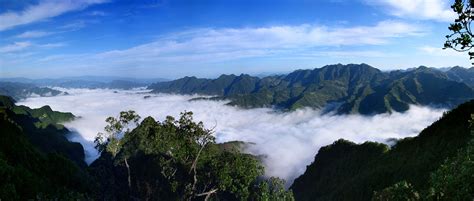东方女子形体
Exploring the Art of Oriental Female Nude Photography
In the realm of photography, the depiction of the female form has been a subject of fascination and artistic exploration for centuries. Within this broad spectrum lies the niche of Oriental female nude photography, which intertwines cultural nuances, aesthetic sensibilities, and the human body. Let's delve into the intricacies of this genre, its historical context, artistic elements, and ethical considerations.
The portrayal of the female nude has deep roots in art history, spanning various cultures and epochs. In the East, particularly in countries like China and Japan, depictions of the human body have a long tradition, often intertwined with religious and philosophical beliefs.
In traditional Eastern art, the female form was celebrated for its elegance, grace, and symbolic significance. However, nudity in art was approached with subtlety and restraint, often conveyed through implied rather than explicit imagery. This restraint stemmed from cultural norms and societal attitudes towards nudity and sexuality.
Oriental female nude photography inherits elements from both traditional Eastern aesthetics and modern photographic techniques. Here are some key artistic elements:
Symbolism:
Like traditional Eastern art, symbolism plays a significant role in Oriental female nude photography. The pose, gestures, props, and surroundings can all carry symbolic meaning, reflecting cultural values, emotions, or narratives.
Light and Shadow:
Lighting is crucial in any form of photography, but in nude photography, it takes on added significance. In Oriental female nude photography, the interplay of light and shadow is used to accentuate the contours of the body, evoke mood, and create a sense of depth and dimension.
Composition:
Composition in Oriental female nude photography is influenced by principles of balance, harmony, and simplicity. The arrangement of elements within the frame, including the model's posture, the use of negative space, and the incorporation of natural elements, contributes to the overall aesthetic appeal.
Color and Texture:
Color palette and texture also play a vital role in conveying the mood and atmosphere of the photograph. Soft, muted tones may evoke a sense of tranquility and serenity, while bold colors or contrasting textures can create a more dynamic and visually striking image.
While Oriental female nude photography is a legitimate form of artistic expression, it's essential to navigate ethical considerations with sensitivity and respect. Here are some key considerations:
Consent and Respect:
Respect for the model's autonomy and dignity is paramount. Models should provide informed consent, fully understanding the nature of the photographic session and their rights regarding the use and dissemination of the images.
Cultural Sensitivity:
Given the cultural context of Oriental female nude photography, photographers should approach their work with cultural sensitivity and awareness. It's essential to avoid perpetuating stereotypes or exoticizing the subjects, instead striving for authentic representation and appreciation of diverse experiences and identities.
Privacy and Security:
Photographers must take measures to ensure the privacy and security of the models, especially in an age where digital images can be easily disseminated and misused. This includes safeguarding against unauthorized access to images and respecting the model's right to control how their likeness is shared and distributed.
Oriental female nude photography is a rich and complex genre that blends artistic expression, cultural heritage, and the celebration of the human form. By understanding its historical context, embracing artistic elements, and navigating ethical considerations, photographers can engage in this art form with integrity and respect, fostering dialogue and appreciation for diverse perspectives and experiences.









